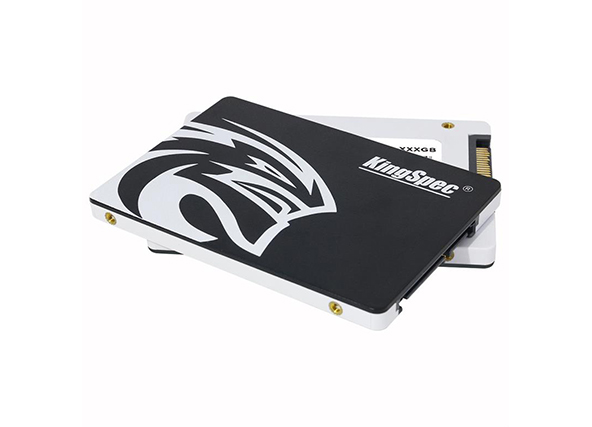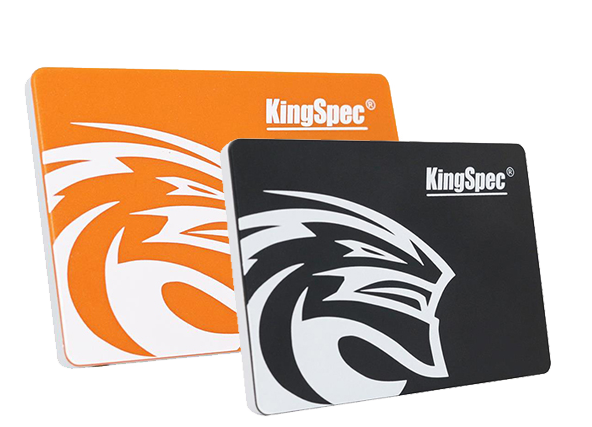Electronics
Advantages of SSD over HDD
 The standard hard disk drive (HDD) has been the predominant storage device for computers (both desktops and laptops) for a long time. The main draw is the high storage capacity and low cost.
The standard hard disk drive (HDD) has been the predominant storage device for computers (both desktops and laptops) for a long time. The main draw is the high storage capacity and low cost.
The solid-state drive (SSD) is another storage solution and is slowly replacing the majority of hard disk drives. As you’ll learn by reading the following comparison table, the SSD is a clear winner. However, due to its price per unit of memory, it doesn’t make sense to use SSDs in all instances. For most computer users, we recommend using an SSD as the primary drive for your operating system, as well as the programs you access most frequently. Then, we suggest purchasing a large HDD (either internal or external) for storing documents, pictures, and music.
| Topic | SSD | HDD |
|---|---|---|
| Access time | An SSD has access speeds of 35 to 100 micro-seconds, which is nearly 100 times faster. This faster access speed means programs can run more quickly, which is very significant, especially for programs that access large amounts of data often like your operating system. | A typical HDD takes about 5,000 to 10,000 micro-seconds to access data. |
| Price | The price of a solid-state drive is higher than an HDD, which is why most computers with an SSD only have a few hundred gigabytes of storage. Desktop computers with an SSD may also have one or more HDDs for additional storage. | HDD is considerably cheaper than SSD, especially for drives over 1 TB. |
| Reliability | The SSD has no moving parts. It uses flash memory to store data, which provides better performance and reliability over an HDD. | The HDD has moving parts and magnetic platters, meaning the more use they get, the faster they wear down and fail. |
| Capacity | Although there are large SSDs, anything over 1 TB SSD is usually outside of most people’s price range. | Several terabyte hard disk drives are available for very reasonable prices. |
| Power | The SSD uses less power than a standard HDD, which means a lower energy bill over time and for laptops, an increase in battery life. | With all of the parts required to spin the platters, the HDD uses more power than an SSD. |
| Noise | With no moving parts, SSD generates no noise. | With the spinning platters and moving read/write heads, an HDD can sometimes be one of the loudest components in your computer. |
| Size | SSD is available in 2.5″, 1.8″, and 1.0″, increasing the available space available in a computer, especially a desktop or server. | HDDs are usually 3.5″ and 2.5″ in size for desktop and laptops respectively, with no options for anything smaller. |
| Heat | Because there are no moving parts and due to the nature of flash memory, the SSD generates less heat, helping to increase its lifespan and reliability. | With moving parts comes added heat which can slowly damage electronics over time, so the higher the heat, the greater the potential for wear and damage. |
| Magnetism | SSD is not affected by magnetism. | Because a hard drive relies on magnetism to write information to the platter, information could be erased from an HDD using strong magnets. |


